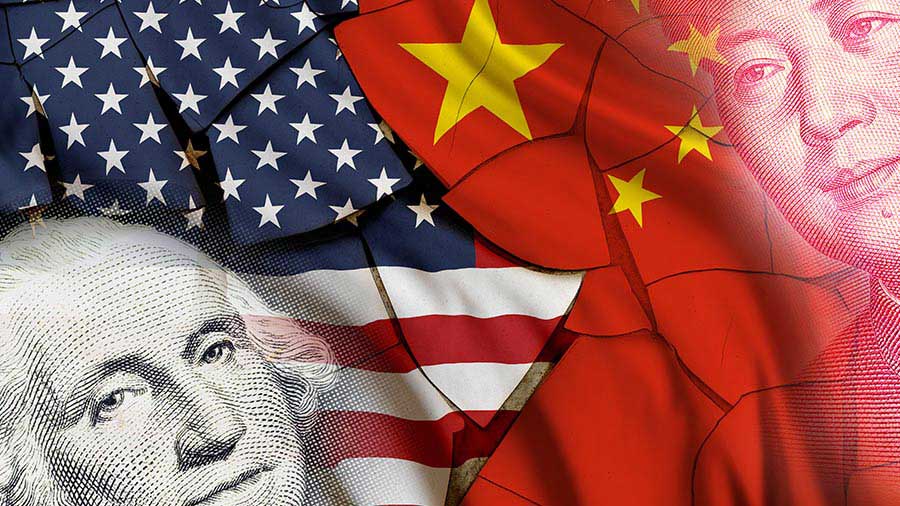China’s Tariff Response: A New Trade Tension?

In a significant move, China has announced its decision to impose tariffs on various U.S. imports. This comes after a series of warnings and calls for negotiations from Beijing. The tariffs, set to take effect on February 10, include a 15% levy on coal and liquefied natural gas, as well as a 10% tariff on crude oil, agricultural machinery, and large-engine cars. This development raises concerns about a potential trade war between the world’s two largest economies. However, there is still a window for dialogue, as both nations have scheduled a call later this week.
China’s Strategic Tariff Implementation
China’s recent announcement of tariffs is a calculated response to U.S. trade policies. The 15% tariff on coal and liquefied natural gas, along with the 10% tariff on crude oil and large-engine cars, reflects a selective targeting strategy. Unlike the broad 10% tariff imposed by the U.S. on all Chinese goods, China’s measures are more limited in scope. This approach may serve as an initial bargaining tactic, allowing China to gain leverage in upcoming negotiations.
Despite the tariffs, the impact on the U.S. economy may be less severe than anticipated. China accounts for only about 2.3% of U.S. liquid natural gas exports, and its major car imports primarily come from Europe and Japan. This suggests that while the tariffs may sting, they are not as damaging as they could be. Furthermore, the timing of the tariffs allows both countries to reconsider their positions before they take effect. The scheduled call between the leaders indicates that China is open to dialogue, which could help de-escalate tensions.
Challenges in U.S.-China Negotiations
Negotiating with China presents unique challenges for the U.S. administration. Unlike previous negotiations with Mexico and Canada, dealing with China requires a more nuanced approach. The U.S. views China as its primary economic rival, and any demands made by President Trump will need to be carefully considered. If the U.S. pushes too hard, President Xi may choose to walk away from negotiations, especially given China’s growing confidence on the global stage.
Over the past two decades, China has expanded its influence and reduced its reliance on trade. Today, imports and exports account for only about 37% of its GDP, down from over 60% in the early 2000s. This shift indicates that China may be better positioned to absorb the impact of tariffs than in the past. However, the fear remains that Trump may escalate tariffs beyond the current levels, which could provoke a more severe response from Beijing. As both nations navigate these complexities, a clear strategy will be essential for China to prepare for any potential escalation.
Learning from Past Trade Wars
The history of U.S.-China trade relations is fraught with challenges. The last significant trade agreement between the two nations ended poorly, with both sides imposing tariffs on hundreds of billions of dollars’ worth of goods. This tit-for-tat exchange lasted over two years and culminated in China agreeing to purchase an additional $200 billion in U.S. goods in 2020. However, the COVID-19 pandemic disrupted these plans, and the trade deficit between the two countries has since ballooned to $361 billion.
As China contemplates its next steps, it must consider the lessons learned from past negotiations. The country still exports significantly more to the U.S. than it imports, which limits its options for retaliation. Analysts suggest that China may explore a broader range of measures beyond tariffs if tensions escalate. The clock is ticking, and while a full-blown trade war has not yet materialized, businesses worldwide are closely monitoring the situation. The upcoming call between the leaders could be pivotal in determining the future of U.S.-China trade relations.
Observer Voice is the one stop site for National, International news, Sports, Editor’s Choice, Art/culture contents, Quotes and much more. We also cover historical contents. Historical contents includes World History, Indian History, and what happened today. The website also covers Entertainment across the India and World.

